Bridelia micrantha
General Info – summary
This impressive monoecious Tree may reach 21m high. Short spines may persist. The large oval, obovate to elliptic Leaves are simple, alternate and may be deciduous. Visible side veins occur in a distinctive herringbone pattern. Small, monoecious, unisexual, 5-merous Flowers are in compact cymes with smaller petals than sepals. Fruit – a small, edible, ellipsoid, fleshy 1 seeded berry. Remains of the calyx are visible.
Description
Previous Names: Bridelia stenocarpa, Candelabria micrantha.
SA Tree No. 324.
Common names: (Afr) Bruinstinkhout, Bruin-stinkhout, Mitzeeri, Mitzeerie, Mitserie, Mzeriehout, Mzerriehout. (Eng) Coastal Goldenleaf, Coast Goldleaf, Mitseeri, Wild Coffee. (isiXhosa) Umhlahlahlungulu, Umhlahlamakhwaba, Umhlahlamakwaba. Umhlahla-makhwaba, Umhlahlangu. (isiZulu) Isihlalamangcwibi, Isihlalamagwababa, Umhlahlamakhwaba, Umhlahle, Umhlalamagwababa, Umhlalamgwababa, Umhlalamkhwaba, Umshonge. (Northern Sotho) Motsêrê. (siSwati) Motsere, Umhalamagcwababa. (Tshivenda) Munzere. (Xitsonga) Ndzerhe,.
Family Phyllanthaceae. This family is most noticable in the tropics (future changes are probable). In this diverse family, some genera are poorly defined. Latex and Spines are usually absent. This is diagnostic and excludes them from Euphorbiaceae. There are about 50+ genera and 2 000 species in this family. They are most numerous in the tropics and most members are trees. Leaves are usually simple, alternate and petiolate. Leaf margins are usually entire and, leaves are present in most species. The actinomorphic Flowers are usually unisexual and may be monoecious or dioecious. The superior Ovary has 2 ovules in each locule. The Fruit is a berry, drupe or schizocarp. Local genera containing trees on this website include Antidesma, Bridelia, Cleistanthus, and Heywoodia.
Name derivation: Bridelia – named after Samuel Elisee de Bridel (1761-1828) – a Swiss-German moss specialist. micrantha: Greek – small flowered. There are 5 species of this genus in southern Africa.
Conservation: National Status: L C. (Least Concern). Assessed: 2005/07/29. R.H. Archer & J.E. Victor.
Tree
This fast growing, light frost resistant Tree (photo 619), may reach 21m high with a wide, fairly spreading Crown. In the open, away from tall competition, the rounded crown is spreading. Bark is brown/grey and rather flaky in younger specimens. It becomes rough and cracking almost into rectangles in older specimens (photo 762). Young branches are initially hairy, green to brown (photo 187) and have many raised Lenticels (a usually raised corky oval or elongated area on the plant that allows the uncontrolled interchange of gases with the environment (photos 338 & 187). Branches may also have white patches. Short, blunt and fat Spines occur on younger branches and may remain on the main trunk (photo 617).
- 619 2015/06/02 Walter Sisulu NBG. Photo: David Becking.
- 762 2014/09/16 Lowveld NBG. Photo: David Becking.
- 617 2015/06/02 Walter Sisulu NBG. Photo: David Becking.
- 338 2015/10/13 Walter Sisulu NBG. Photo: David Becking.
- 187 2018/01/03 Walter Sisulu NBG. Photo: David Becking.
Leaves
This deciduous or semi deciduous tree has slightly undulating (wavy up and down not in and out) Leaves that are simple (have a single blade, which may have incisions that are not deep enough to divide the leaf into leaflets). Each leaf is oval, elliptic to obovate (egg-shaped – with the narrower end at the base) and large (photo 612) – usually up to 10 x 4cm but may be larger. Leaves are dark shiny, light or dark green above, but lighter, smooth below and usually hairless. Autumn colours are often bright orange (photo 341). The distinctly alternatively arranged leaves are almost in the same plane (photos 621 & 71). Young leaves are often purplish to coppery red (photo 626) and, prior to falling the mature leaves often develop an orange colour (photo 341). The Blade has up to 15 pairs of often yellowish, slender lateral Veins (photo 612). Most side veins curve and run up to the margin usually without branching – forming a distinctive herringbone pattern. They spread towards the apex in the process. Between the lateral veins are many smaller, joining veins that are ladder-like in appearance (photo 622). The herringbone pattern does not occur in the similar Antidesma venosum tree. In Bridelia micrantha the midrib and lateral veins protrude slightly below, and all veins are distinctive when viewed against the sun (photo 622). The Apex is tapering and is bluntly or sharply pointed or acuminate (an acute apex whose sides are somewhat concave and taper to a protracted point – photo 612). A drip-tip may be present. The Base is broadly tapering to rounded (photo 71). The Margin may be wavy (photo 612) and is entire (with a continuous margin, not in any way indented) or occasionally appearing to be shallowly scalloped (photo 621). The Petiole (leaf stalk) is up to 1,3cm long, thickset and hairy (photo 808 under Flowers). Small green semi persistent Stipules (basal appendages of the petiole) are visible (photo 71) .
- 621 2015/06/02 Walter Sisulu NBG. Photo: David Becking.
- 71 2015/10/06 Walter Sisulu NBG. Photo: David Becking.
- 626 2017/10/24 Walter Sisulu NBG. Photo: David Becking.
- 341 2015/09/15 Walter Sisulu NBG. Photo: David Becking.
- 612 2015/06/02 Walter Sisulu NBG. Photo: David Becking.
- 622 2015/06/22 Walter Sisulu NBG. Photo: David Becking.
Flowers
The very small (up to 3+mm in diameter) and inconspicuous Flowers are located in clusters in leaf axils (photo 808). They develop in compact Cymes (broad, more or less flat-topped, determinate flower clusters, with central flowers opening first – photo 814). Flowers are unisexual but monoecious (separate male and female flowers on the same plant). The 5 triangular green Sepals are usually small (photo 814). The Petals are even smaller than the sepals (photo 814 & 810) and obovate (the terminal half is broader than the basal). Male Flowers (photo 808 & 810) have a short Pedicel (stalk of a single flower in a cluster), which is absent in female flowers. The 5 Stamens have basally joined filaments and a rudimentary ovary is present. In the Female Flowers (photo 814), the disc (fleshy or elevated development of the receptacle) is double and surrounds the base of the superior Ovary, which usually has 2 locules with 2 ovules in each. These small flowers are best viewed with a hand lens. (Oct-Apr).
- 814 2017/11/07 Walter Sisulu NBG. Photo: David Becking. Leaf removed.
- 808 2017/11/07 Walter Sisulu NBG. Photo: David Becking.
- 810 2017/11/07 Walter Sisulu NBG. Photo: David Becking.
Fruit
The Fruit is a small ellipsoid and resinous Berry (pulpy, indehiscent fruit like a grape or tomato), which may reach 10 x 7mm. The fruiting branch is distinctive (photo 38) and the fruit change from green to blackish when mature. Each fleshy berry is sweet, edible and, by abortion, usually contains a single Seed. The remnants of the Calyx are visible on the fruit for some time (light brown in photo 38). Seeds have copious albumen (starchy or other nutritive material surrounding the embryo; commonly used in the sense of endosperm, for the material surrounding the embryo). (Nov-Apr). In some years, no fruit is produced.
- 38 2018/03/07 Walter Sisulu NBG. Photo: David Becking.
Distribution & Ecology
This tree is considered a Relict (a surviving species from an extinct group). It is not drought resistant but is tolerant of light frost and is common in high rainfall areas, open savannah, forests fringes, swampy ground, along rivers, streams, in riverine and open woodlands and granite outcrops. These plants are common up to an altitude of 1 750m and may occur with termites. Trees are found in Eastern Cape, KwaZulu-Natal coast, Limpopo, Mpumalanga, Zimbabwe e.g. at the temple in Zimbabwe Ruins, Zambia and northwards into Tropical Africa including Northern Botswana, Angola, Ethiopia, Senegal, Somalia and Uganda. It is also occurs on Reunion. Felled trees produce many shoots. The Flowers attract bees, wasps and butterflies. The Paradise Skipper butterfly (Abantis paradisea) that flies for most of the year but more frequently from Apr-June. Their larvae feed on the Leaves as do the larvae of the Giant Emperor (Charaxes castor). Here the adult males have a wingspan of 8,5cm. Another example is Parosmodes morantii – found from KwaZulu-Natal northwards into tropical Africa and commonly seen from Dec-Apr. Morant’s skipper butterfly Parosmodes morantii has an orange yellow underside and occurs in the Eastern Province, up the Natal coast and includes siSwati, Gauteng,, Limpopo and Northern Province. The leaves this tree are the larval food for this butterfly. The Silk moths: (Anaphe panda) are used in silk production and their larvae feed on the leaves. Nyala, bushbuck and grey duiker also consume the leaves. Black rhino eat the Bark and leaves. Fruit attracts many birds e.g., green pigeons, starlings, bulbuls, doves and turacos (louries). Narina Trogon (Apaloderma narina), a largely green and red bird, visits this tree – mainly in search of insects, various larvae, termites and more. This bird is very difficult to approach.
Ethnobotany
The attractive, lustrous, dark brown Heartwood and the lighter Sapwood are durable, termite resistant and competes with stinkwood for quality furniture. Wood has a medium density, saws easily, holds nails, screws, and is reasonably resistant to fungi and most insect attacks. However, the Lyctus beetles can be a problem. The wood is used for flooring, furniture making, panelling, fence poles and mine-props. It also makes good firewood and charcoal. The framework for fish traps is made from this wood. This is a good decorative garden shade tree for a big garden and can withstand temperatures as low as minus 4°C. It is a relatively fast-growing plant and, near rivers, is a good soil binder. Propagation is by seeds and growth is up to 2m per year. The Seeds have a short viability and do not store. Fruit pulp has a growth inhibitor and must be removed before attempting to germinate the seeds. The fruit is edible. Resin from the tree is used for sealing cracks e.g., in doors. Leaves are used to feed cattle. These trees have been planted to stabilize irrigational canals and to decrease waterlogging in soils. Black dye is extractable from the leaves and red dye from the Bark. Extracted bark has some anti-bacterial action. Some anti-inflammatory effects have also been found. Traditional medicine makes use of the bark, roots and leaves.
References
Archer, R.H. & Victor, J.E. 2005. Bridelia micrantha (Hochst.) Baill. National Assessment: Red List of South African Plants version . Accessed on 2025/01/24.
Boon, R. 2010. Pooley’s Trees of eastern South Africa. Flora and Fauna Publications Trust, Durban.
Burrows, J.E., Burrows, S.M., Lotter, M.C. & Schmidt, E. 2018. Trees and Shrubs Mozambique. Publishing Print Matters (Pty) Ltd. Noordhoek, Cape Town. 2018.
Coates Palgrave, M. 2002. Keith Coates Palgrave Trees of Southern Africa, edn 3. Struik, Cape Town.
Ginn P.J. Mcilleron W.G. and Milstein P. le S, 1989. The Complete Book of Southern African Birds. Struik, Cape Town.
Palmer, E. & Pitman, N. 1972. Trees of southern Africa. Balkema, Amsterdam, Cape Town.
Schmidt, S. Lotter, M. & McCleland, W. 2002. Trees and Shrubs of Mpumalanga and the Kruger National Park. Jacana, Johannesburg.
van Wyk, B. & van Wyk, P. 1997 Field guide to Trees of Southern Africa. Struik, Cape Town.
Woodhall, S. 2020. Field Guide to Butterflies of South Africa, edn 2. Donnelley, RR, China.
http://worldagroforestry.org/treedb2/speciesprofile.php?Spid=374
http://www.plantzafrica.com/templates/voteplant.php
https://en.wikipedia.org/wiki/Bridelia_micrantha
http://uses.plantnet-project.org/en/Bridelia_micrantha_(PROTA)
http://posa.sanbi.org/flora/browse.php?src=SP
https://www.hindawi.com/journals/ijfr/2012/186549/

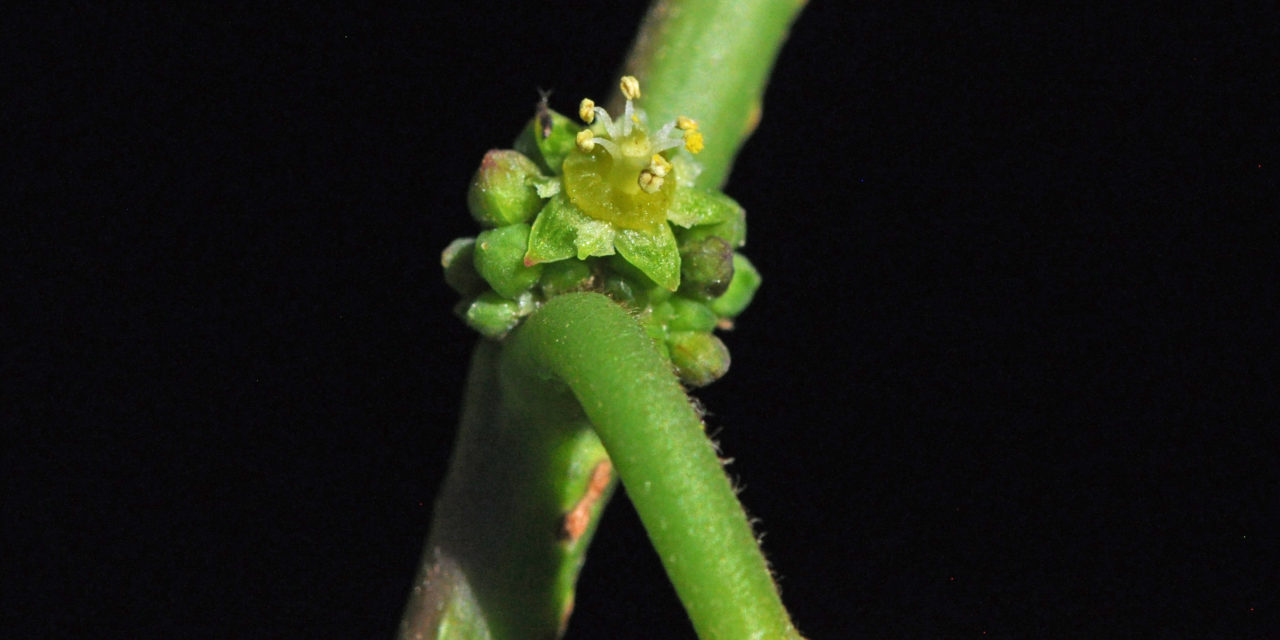
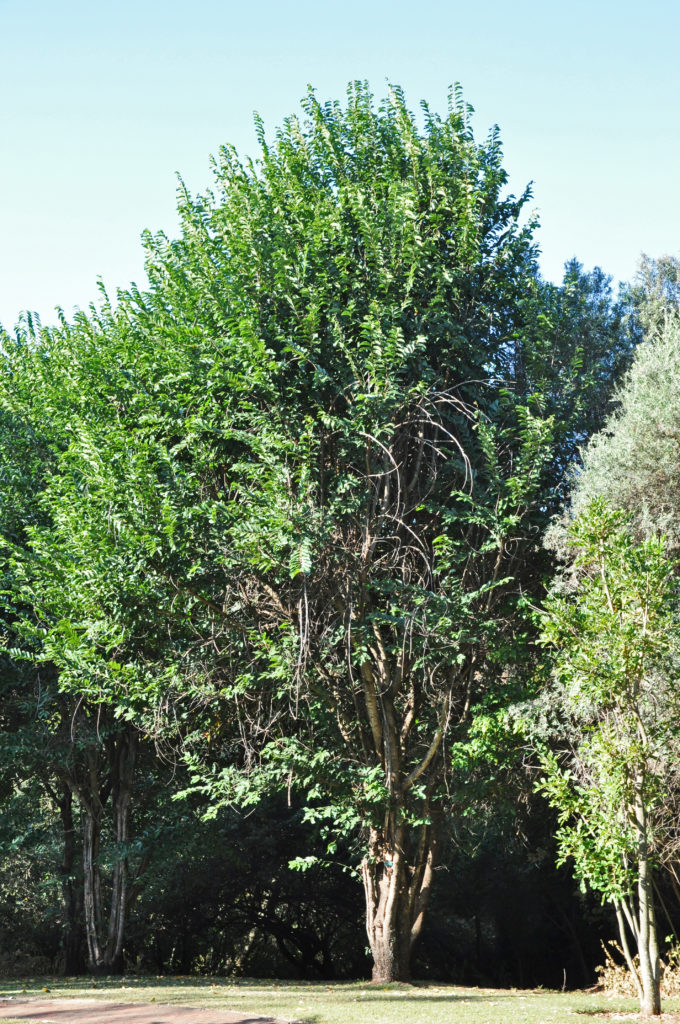
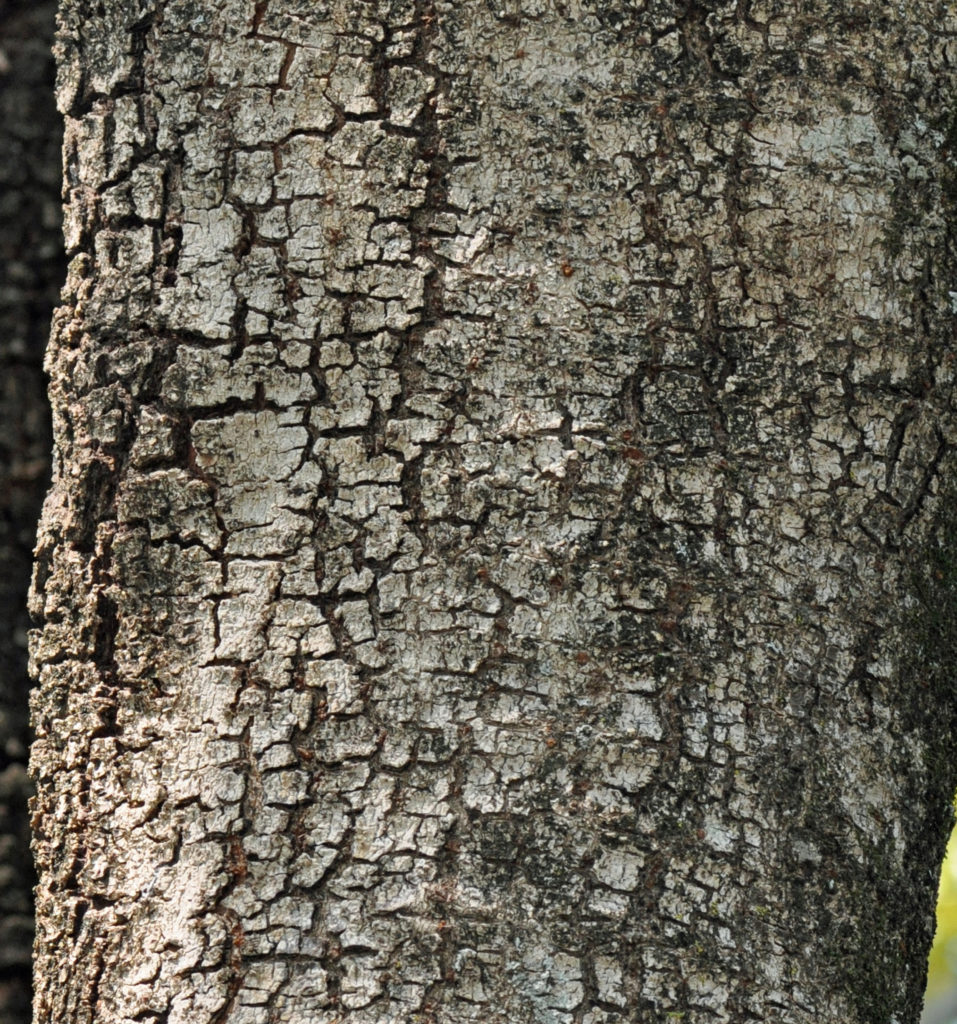

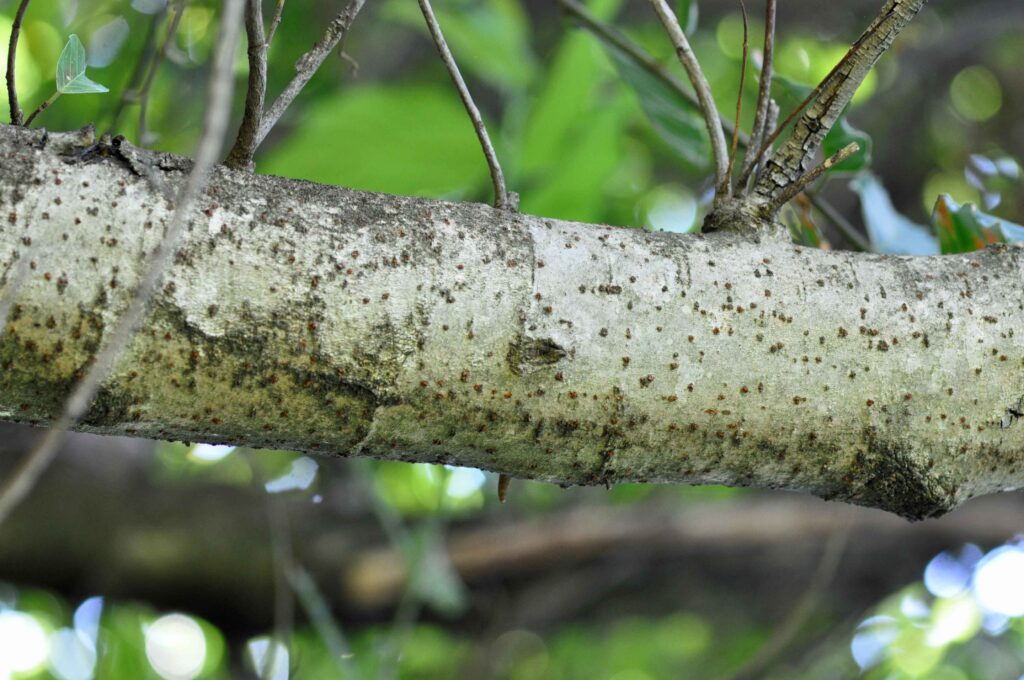
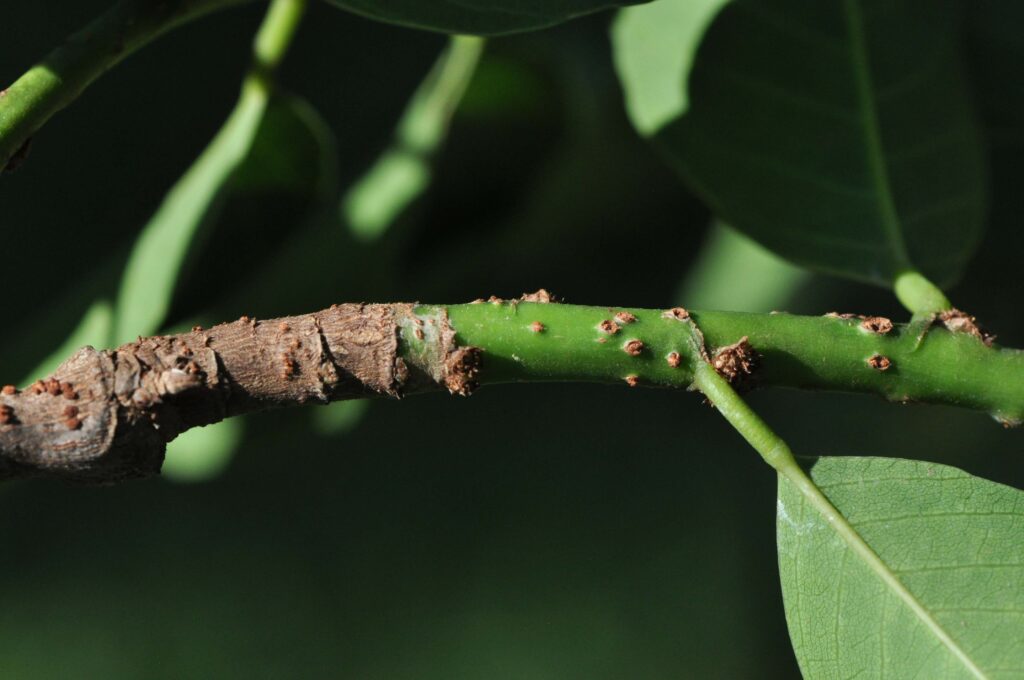
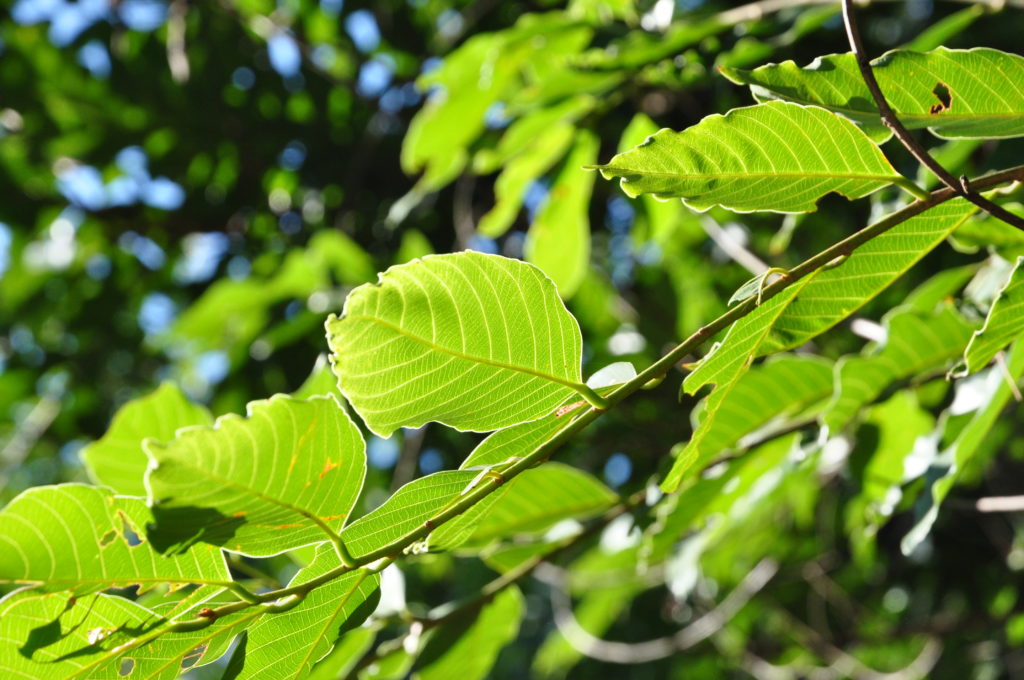
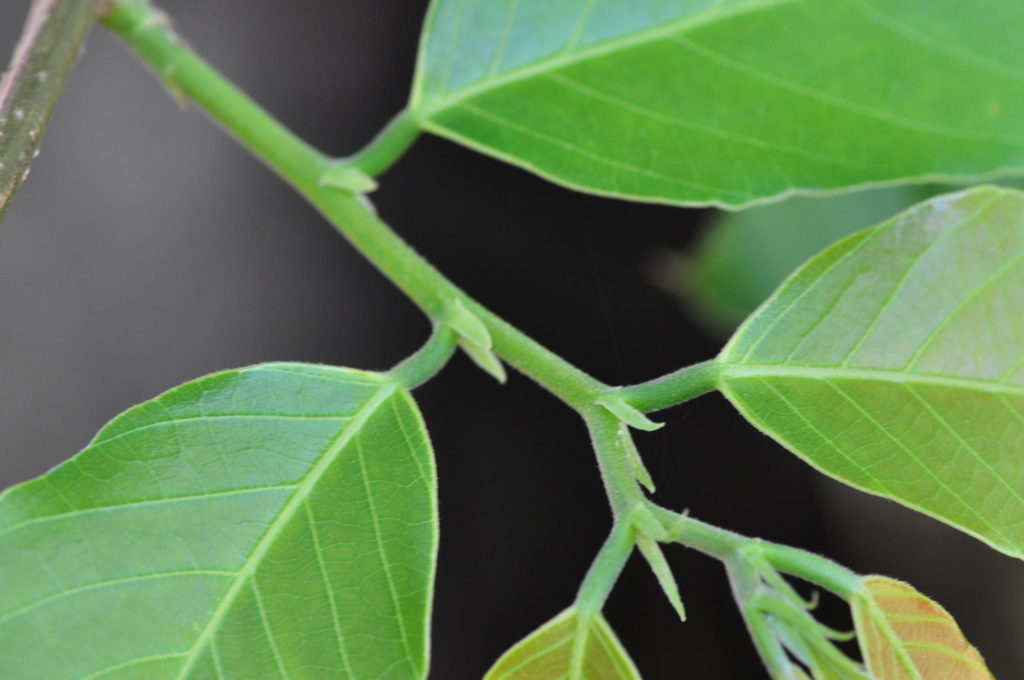
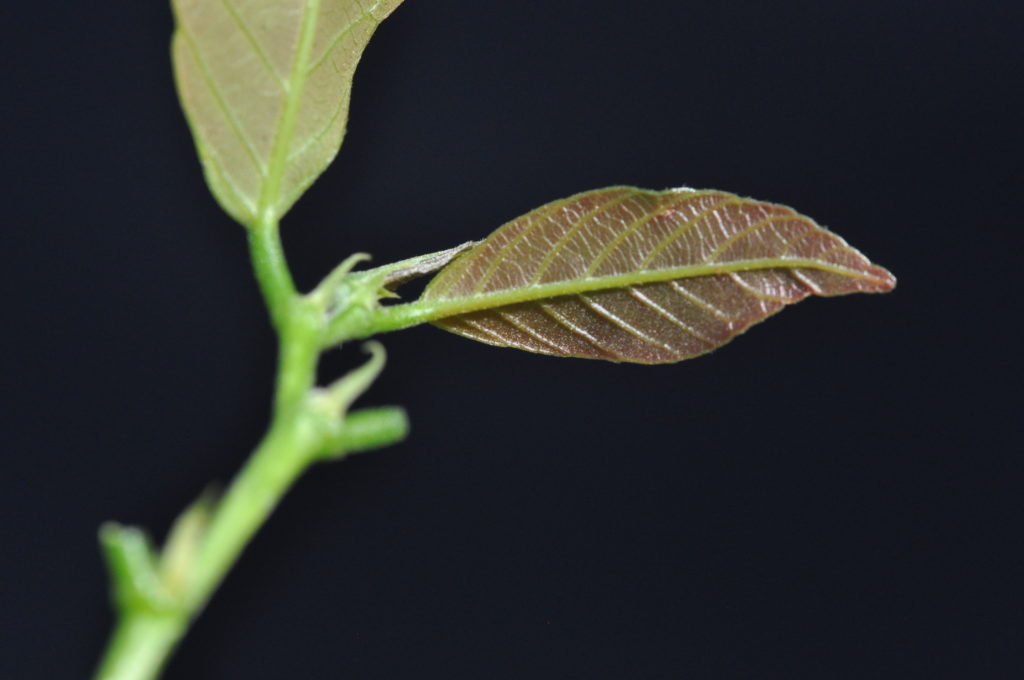
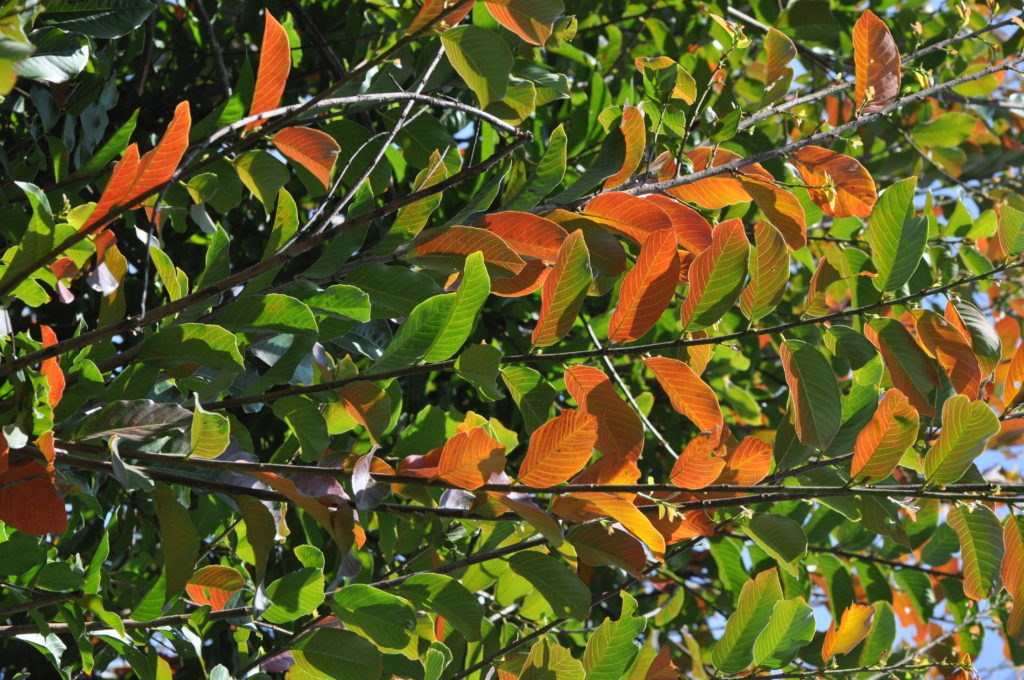
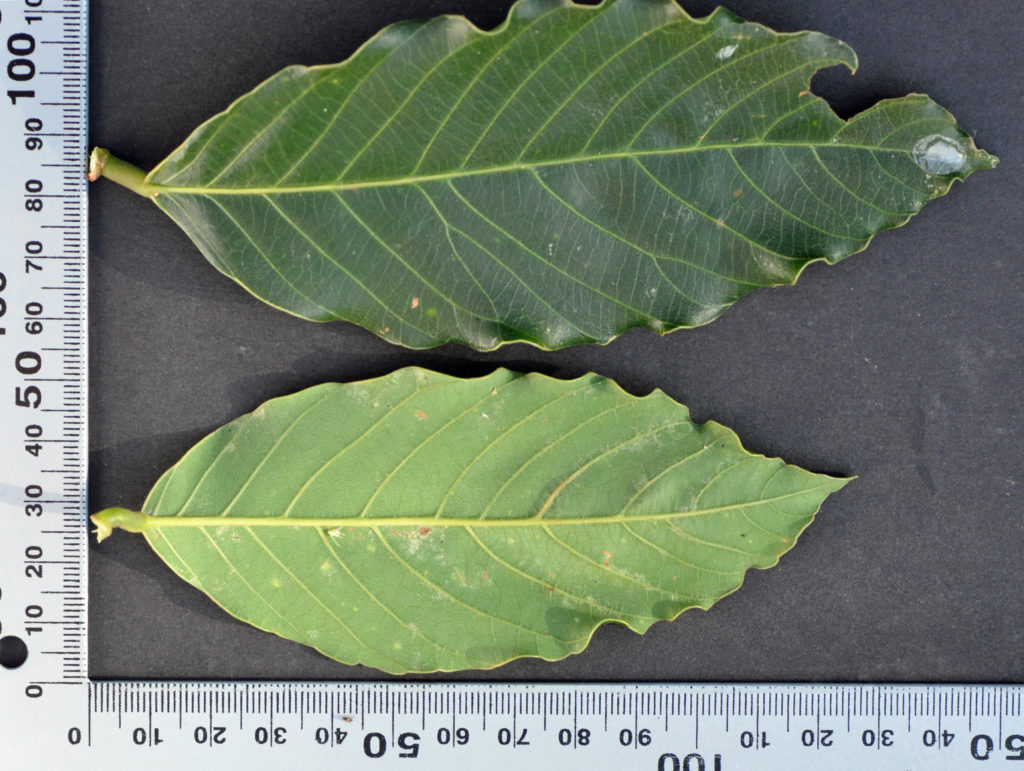
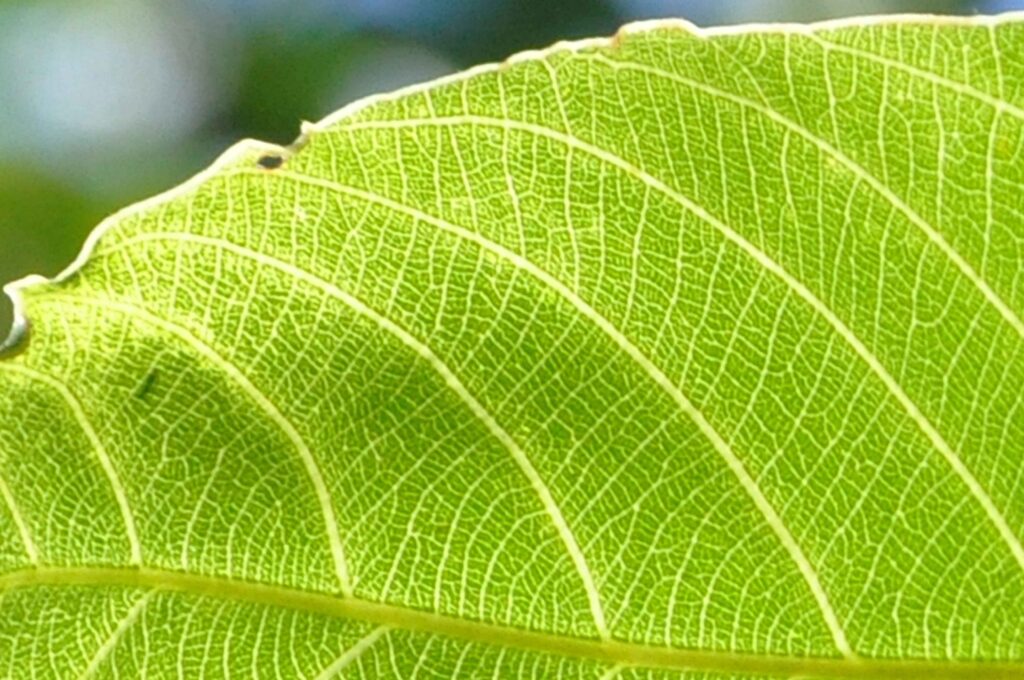
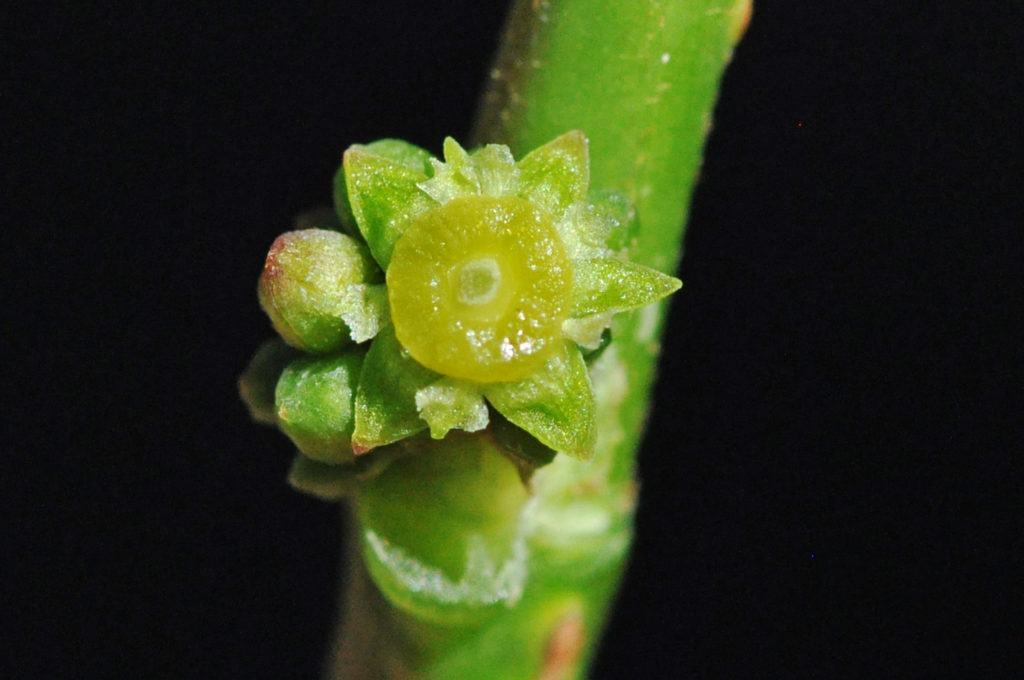
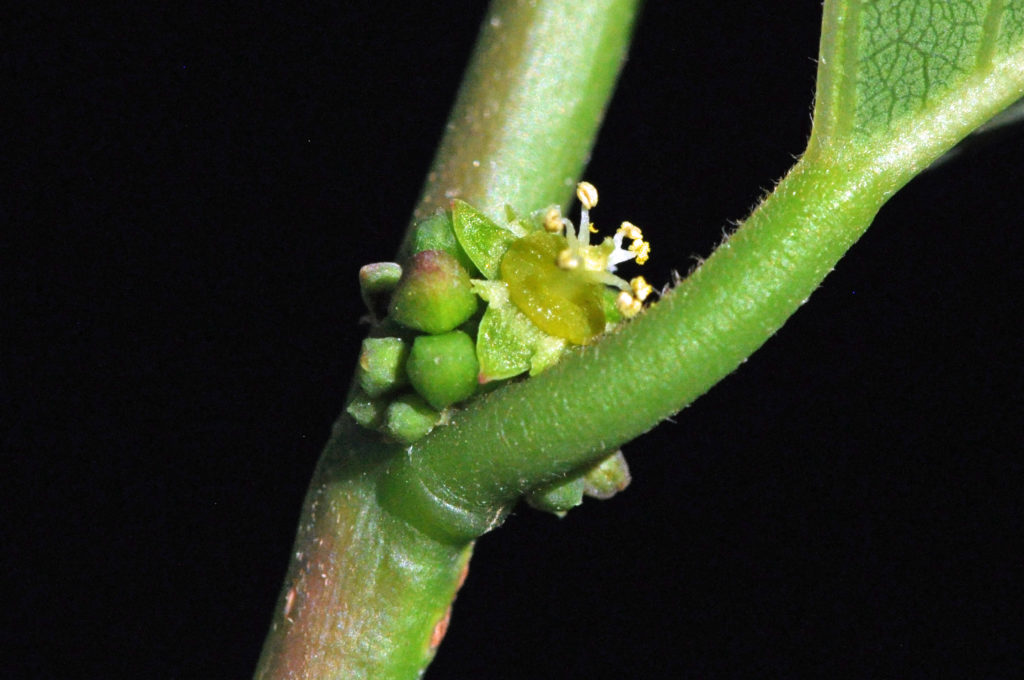
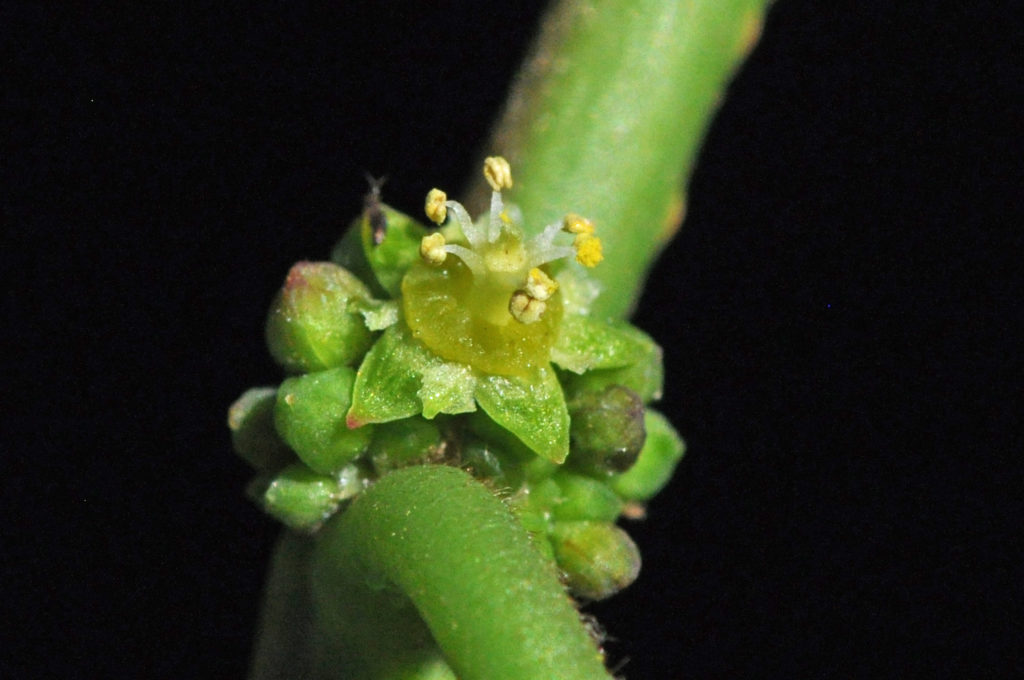
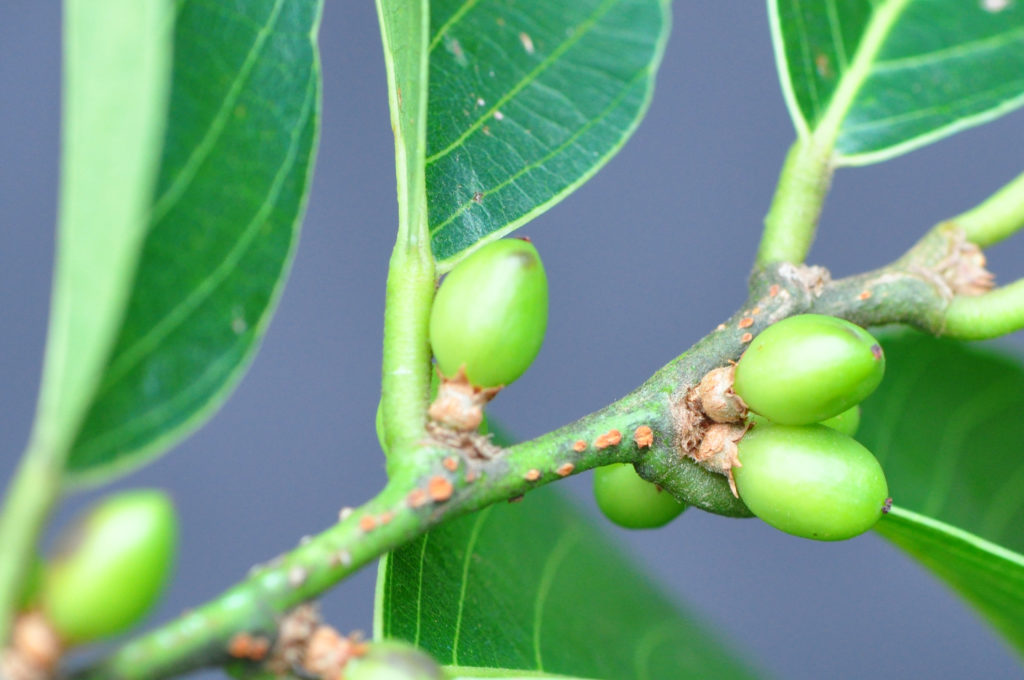
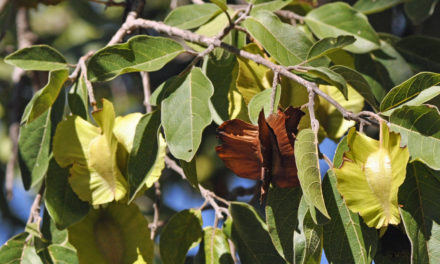
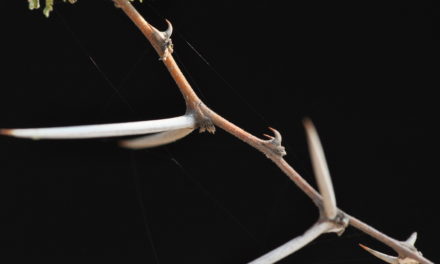

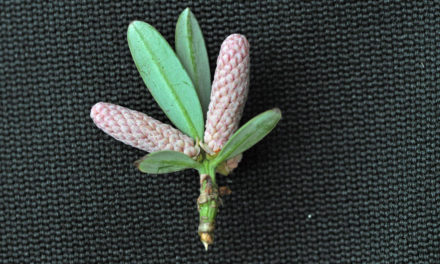
Thank you for a thorough and delightful insight into this tree that we just brought into our garden and love so much already.
It is about 3-4m tall now and we have placed it into a massive pot for our smaller, residential complex garden.
Greetings Renée
Thank you for your comment. I wish you many years of pleasure with the tree. Take care!
David Becking
Good day, very interesting information. We have several large trees in our property and all of them were quite large when our father built around 1996. I would like to guess the trees are around 50 to 60 years old if not more. Is there anyway to estimate the age? We are planning to erect a deck around one tree close to the house. Any concerns or checks to make sure the tree’s health will not be compromised. I suspect some roots may have to be cut. The deck will be open below with no flooring etc. the tree is extremely healthy and we have noticed over the years some branches dies off and eventually fall. I, the trees are in KZN, Ramsgate area. Is this normal or some disease affecting it. Thank you
Greetings Lee
Thank you for your positive comments.
I have included parts of 2 paragraphs from my article. It sounds though you have a good position for the tree. To find out the age you might consider speaking to a furniture making specialist. The wood is valuable, and he may well purchase the cut tree. Once cut it is relatively easy to consider the age by counting the annual rings.
This tree is considered a Relict (a surviving species from an extinct group). It is not drought resistant but is tolerant of light frost and is common in high rainfall areas, open savannah, forests fringes, swampy ground, along rivers, streams, in riverine and open woodlands and granite outcrops. These plants are common up to an altitude of 1 750m and may occur with termites.
The attractive, lustrous, dark brown Heartwood and the lighter Sapwood are durable, termite resistant and competes with stinkwood for quality furniture. Wood has a medium density, saws easily, holds nails, screws, and is reasonably resistant to fungi and most insect attacks. However, the Lyctus beetles can be a problem. The wood is used for flooring, furniture making, panelling, fence poles and mine-props. It also makes good firewood and charcoal.
I hope this helps you.
Take care and have a good year ahead.
David Becking